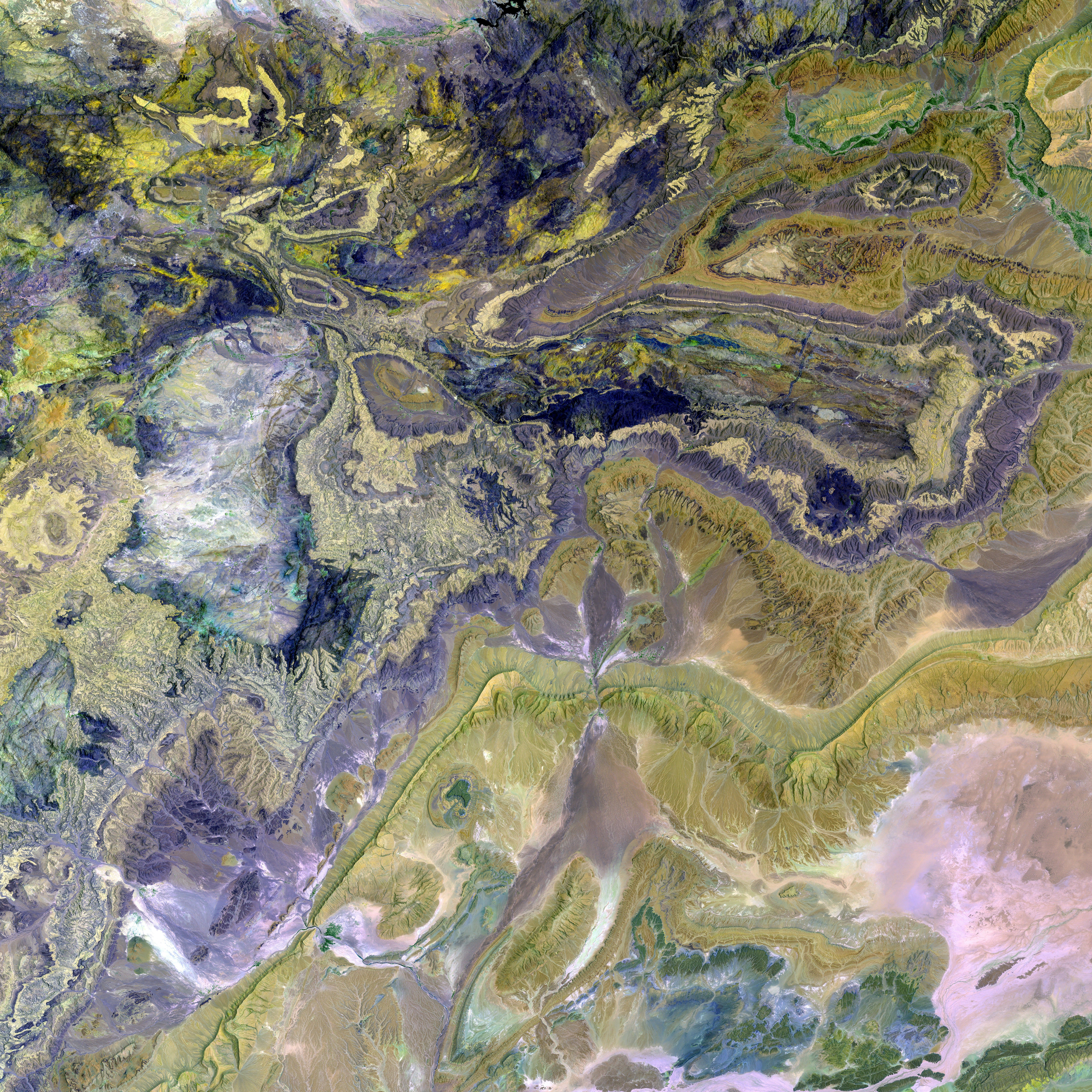Trustees at Penn State decide to shut down seven branch campuses due to a decline in student registrations.
Penn State University's board of trustees voted Thursday night to shutter seven of its 19 branch campuses, citing declining enrollments, demographic transformations, and financial strains as the driving factors behind the decision. The vote, which passed 25-8 following a nearly two-hour public meeting streamed online, aims to optimize resources and align the university with current educational demands.
Amid a challenging reality of declining birth rates and dwindling college enrollments nationwide, Penn State's president, Neeli Bendapudi, addressed the urgency of the situation in a post-meeting address.
The decision to close the campuses in Dubois, Fayette, Mont Alto, New Kensington, Shenango, Wilkes-Barre, and York comes as these campuses collectively enroll slightly over 3,000 students this academic year, or less than 4% of Penn State's overall student body. Despite the closures, Penn State plans to maintain the largest statewide presence of any Big Ten and land-grant university in the country.
Closure is not imminent, as no campus will shut before the end of the 2026-27 academic year, and students currently attending these institutions will have the opportunity to complete their degrees at Penn State. Every student beginning a degree at a closing campus will be offered this option.
The campuses in question were constructed during the Great Depression to cater to Pennsylvania's demographic landscape before the onset of demographic declines and the advent of modern transportation. Closing them will supposedly enable Penn State to exercise greater strategic direction as it advances in its land-grant mission.
Opponents argue that the board's decision is premature, questioning whether affected communities have been adequately consulted and whether trustees are making this momentous vote based on a lack of complete information. In a meeting, trustee Anthony Lubrano asserted that this vote may have the most profound impact on the board's legacy.
Criticism has also come from state legislators who represent districts housing closing campuses and contribute annually to Penn State's tuition subsidies for in-state students. Triggering the decision to review campus closures, Penn State's president announced in February that an internal team would assess the viability of each campus and recommend closures to the board.
Bendapudi has maintained that the university pursued alternatives to save the campuses but acknowledged that enrollments have been in decline at most branch campuses, with surrounding populations projected to continue declining. Historically, these smaller campuses rely heavily on local recruitment and are unable to attract students from broader areas.
The closure of Penn State's campuses in Dubois, Fayette, Mont Alto, New Kensington, Shenango, Wilkes-Barre, and York, due to take place by the end of the 2026-27 academic year, is a significant decision in the realm of education-and-self-development, as these institutions cater to only a fraction of Penn State's total student body. The aftermath of this General-news development has sparked debates among state legislators and opponents who question the board's approach, raising concerns about inadequate consultation with affected communities and potential lack of complete information informing the decision.





